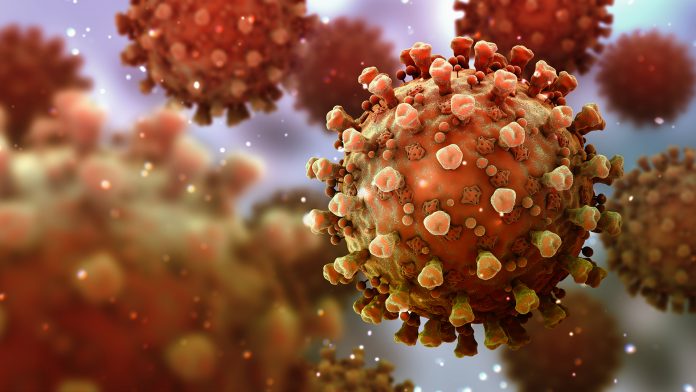CERN’s CARA tool has uncovered valuable data on how viral infection such as COVID-19 is able to spread in indoor settings.
CERN experts have produced a peer-reviewed paper detailing accurate modelling of viral infection rates in indoor settings.
CERN is famous for being the biggest particle physics research laboratory in the world; its many applications extend far beyond this discipline, traversing a multitude of diverse fields. CARA is CERN’s COVID Airborne Risk Assessment software and is a clear example of how CERN’s research activities advance society beyond innovation and developments in particle physics.
Curbing the spread of COVID-19
The novel tool – which evaluates the threat of COVID-19 infection in indoor spaces by modelling the concentration profile of viruses with differing parameters – has been outlined in a paper published in a special issue of the Royal Society’s Interface Focus.
Alongside the invaluable data it uncovered, it is now being used to inform policymakers and space managers worldwide.
The tool was first developed by CERN’s Health, Safety and Environment (HSE) expert Andre Henriques, the software was originally intended as a practical answer to the organisation’s office-sharing problems during the pandemic.
By altering several parameters, such as mask wearing, ventilation, room volume, and exposure time, space managers and safety officers were able to evaluate whether the standard procedures in place guaranteed an adequate risk level and were adapted to the workplace.
In turn, this aided in refining CERN’s general public health measures and instructions. However, the user-oriented tool soon transformed into a wider-reaching instrument, helping in the fields of immunology and infectiology.
Experts in health science
“The model we first developed was rather conservative and its accuracy, although sufficient to properly inform decision making, was hindered by the lack of relevant expertise in health science in our team. That’s when the WHO experts came in”, explained Andre Henriques.
With the tool now optimised and modified as a result of the WHO experts in health science, its models were able to effectively endure benchmarking against both clinical data and real-life outbreaks.
Of particular interest, CARA’s precise modelling across several parameters was able to verify the significance of super-emitters in airborne transmission: while these only represent 20% of infected hosts, it was discovered that they release up to one hundred times more viral-containing particles.
On top of this, the software offered novel data substantiating the effectiveness of mask wearing, as well as ventilation.
Analysing data
With the involvement of CERN’s HSE unit, as well as the Experimental Physics (EP), Beams (BE) and Information Technology (IT) departments – as well as experts in the ARIA working group – the endeavour made and the resources mobilised to build the technology and analyse its data were considerable.
“Not only do we now have a model that is more accurate than ever, but it is also widely endorsed by the scientific community. This for me was very important because, despite the advanced expertise of the CARA team at CERN, such an endorsement from experts in health science gave the tool the necessary impetus to be recognised on a wider scale”, concluded Andre.









